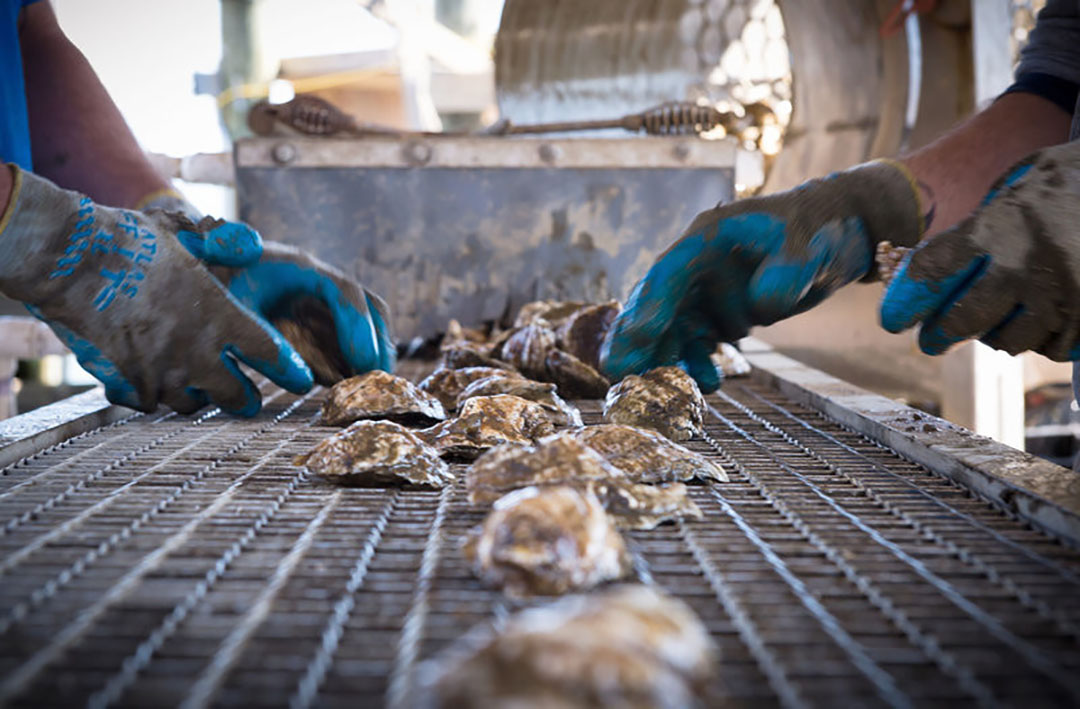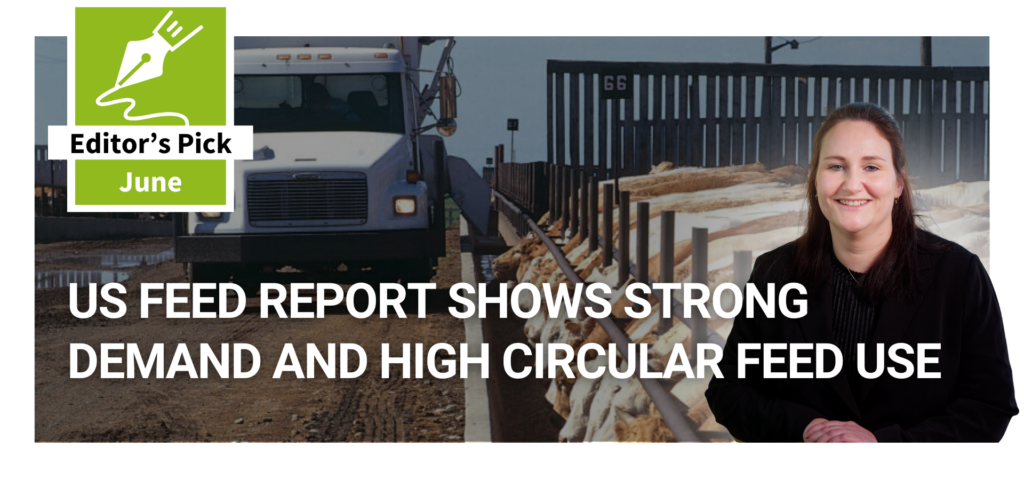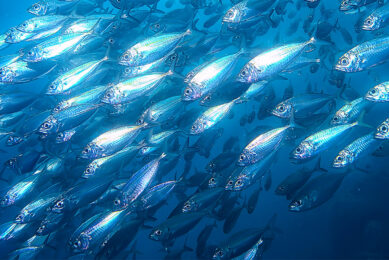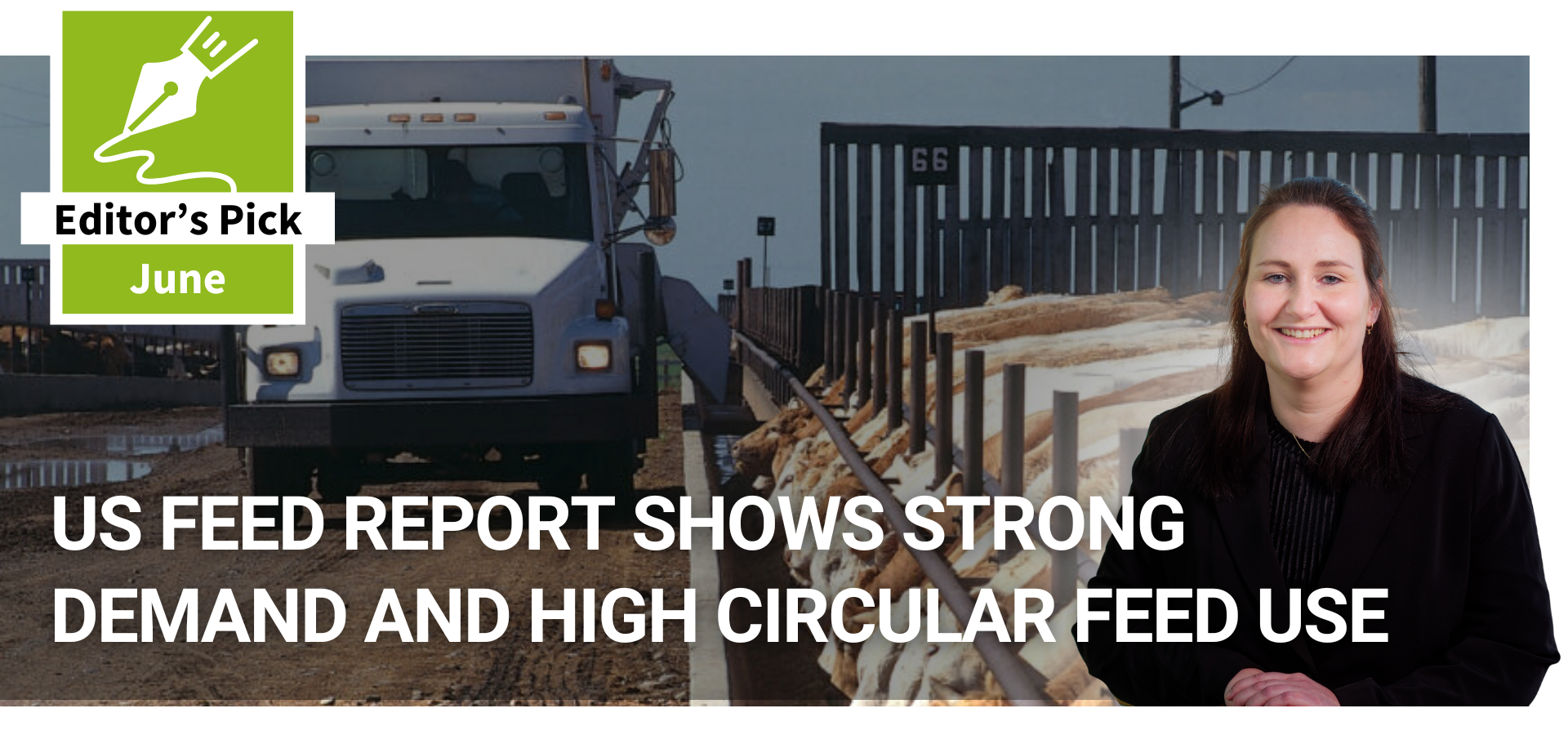Oyster aquaculture limits disease spreading

Risks associated with disease spread from fish and shellfish farming have plagued the growth and public perception of aquaculture worldwide. But the risks seem to be reduced when we talk about oyster farming.
China dominates global oyster aquaculture, But also in countries like the US, Canada, France, Korea and Japan, oysters are farmed for human consumption. The University of Rhode Island (URI) in the US is doing a lot of research in oyster and found that oyster aquaculture operations can limit the spread of disease among wild populations of oysters. The findings are contrary to long-held beliefs that diseases are often spread from farmed populations to wild populations, as stated on the URI website.
Reduced parasitism
Tal Ben-Horin, a postdoctoral fellow at the URI Department of Fisheries, Animal and Veterinary Sciences in the College of the Environment and Life Sciences said: “The established way of thinking is that disease spreads from aquaculture, but in fact aquaculture may limit disease in nearby wild populations.” Working with colleagues at the University of Maryland Baltimore County, Rutgers University, the US Department of Agriculture, and the Virginia Institute of Marine Science, Ben-Horin integrated data from previous studies into mathematical models to examine the interactions between farmed oysters, wild oysters and the common oyster disease Dermo, caused by P. marinus. The researchers hypothesised that oyster aquaculture can enhance wild oyster populations through reduced parasitism, so long as cultured oysters are harvested prior to spreading disease to wild populations. The researchers tested this hypothesis by examining how the (1) density, (2) harvest rate, and (3) susceptibility of farmed oysters to P. marinus infection and lifespan, once infected, impacted the density of sympatric wild oyster populations.
Establishing best management practices
The study’s findings have several implications for the management of wild and farmed oysters. Ben-Horin recommends establishing best management practices for the amount of time oysters remain on farms before harvest. He also suggests that aquaculture managers consider the type of gear – whether farmers hold oysters in cages and bags or directly on the seabed – when siting new oyster aquaculture operations near wild oyster populations. The next step in Ben-Horin’s research is to gain a better understanding of how far the Dermo parasite can spread by linking disease models with ocean circulation models.
The research was published in the journal Aquaculture Environment Interactions.











